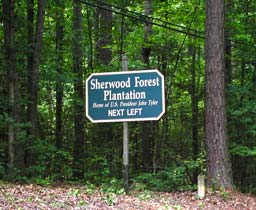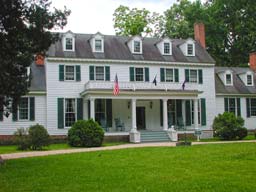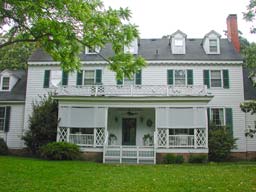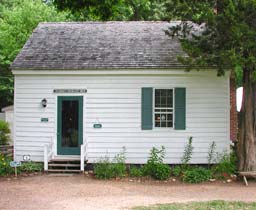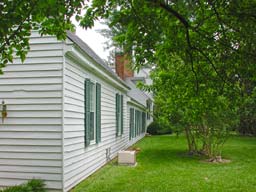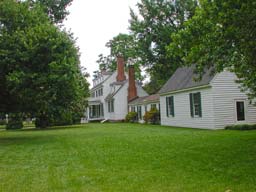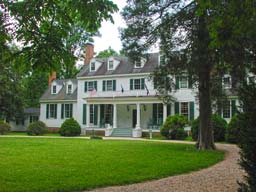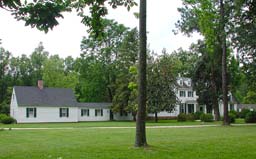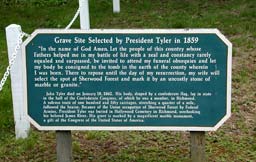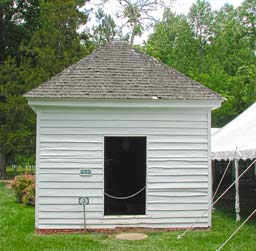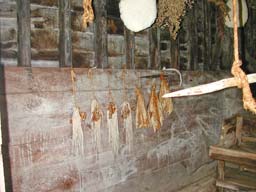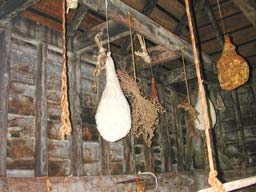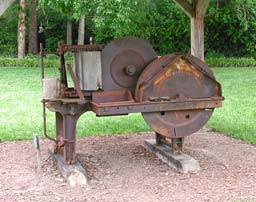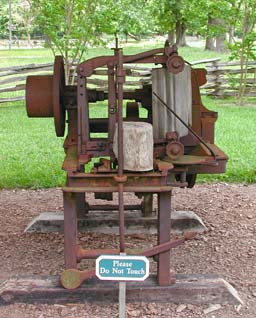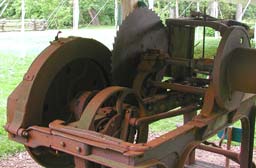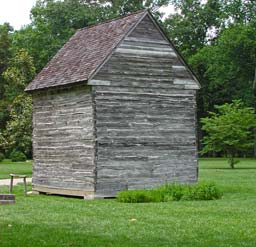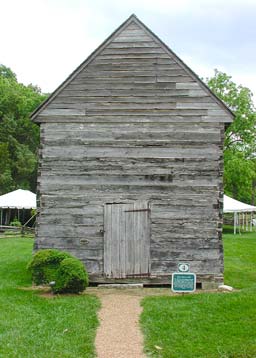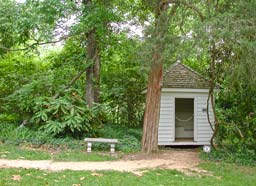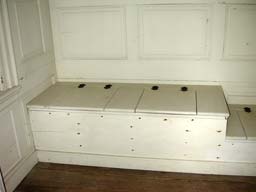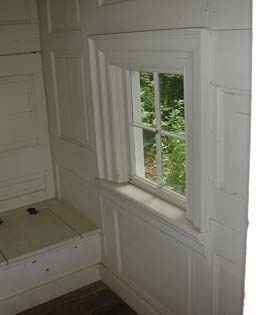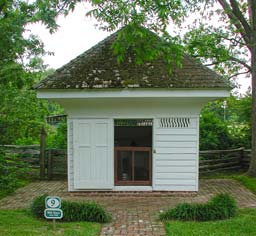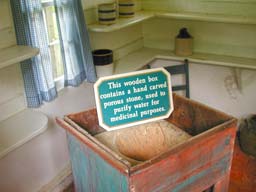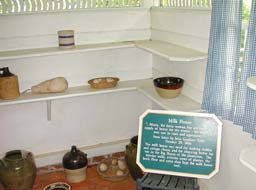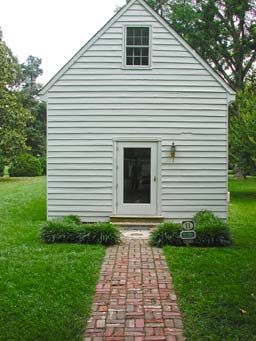May 21, 2002
3 min. read
This post is part of the Trans-Am series.
Sherwood Forest was the first plantation I visited today along Hwy 5. It holds a few distinctions, such as the only private residence having been owned by two unrelated presidents. William Henry Harrison inherited the property in 1790 and sold it in 1793 without having every lived in the house.
This is where John Tyler, the tenth (1841-1845) President of the United States retired, after purchasing the property in 1842. Sherwood Forest Plantation has been owned by the Tyler family continuously, since John Tyler purchased it.
In a 1616 land grant, this plantation was called Smith’s Hundred. Sometime the name was changed to Walnut Grove, showing reference to many trees on the property. The house was built in 1720 and is a classic example of Virginia Tidewater design. This consists of a large house, small house, and kitchen. It had many owners until Tyler purchased the home and 1,600 acres in 1842.
When he purchased the property from his cousin, Collier Minge, he was still in the White House. He renamed the plantation to “Sherwood Forest” as a reference to his reputation as a political outlaw by the Whig party.
The house originally had two separate out buildings, because doing wash and preparing food required fire. It is much nicer to have a kitchen or laundry burn down than lose the entire residence. These three buildings were eventually joined with great halls. Unfortunately, no photography is allowed inside the home. The tour contained many interesting artifacts, beautiful furniture, and grand rooms. It is definitely worth taking if you come to the property.
Half of the home is currently an actual residence, so you are not allowed to see the entire building. However, one hall is part of the tour and you can see how it was laid out to accommodate the popular dance of the time: the Virginia Reel. Due to these halls joining the home into one structure, it has the distinction of being one of the longest private residences in the country at 300 feet.
John Tyler was the first vice president to fill the role of presidency after the death of William Henry Harrison. He was previously twice Governor or Virginia, a U.S. Senator, a member of the House of Representatives, a Virginia state senator, and Viriginia House delegate. He re-entered public service as a member of the Confederate Congress of the COnfederate States of America in 1861.
Sherwood Forest was damaged during the Civil War by Union soldiers in 1864.
The grounds holds more than eighty varieties of trees, in the 25 acres of serence woodlands, terraced gardens and lawn. Many trees are hundreds of years old and 29 not indigenous to the US. This includes a gingko tree given to Tyler by Captain Matthew Perry returning from the Orient in the 1850s. This retintroduced gingko trees to America. The walking tour of all the various species is a nice diversion around the grounds.
The Smoke House was used from 1740’s to mid 20th century for curing hams. The plantation provided all the food for the family, house servants, and field hands. At butchering time, meats were bedded in salt, hung from the rafters and smoked by smoldering hickory logs behind selaed doors.
This Shingle Maker was patented in 1878. Local cypress trees used to make shingles for all buildings on the plantation.
The Wine House was originally used for curing tobacco leaves. It was build around 1660.
The outhouse has three different seats. I guess women going to the bathroom in pairs goes back further than I thought.
Milk House and interior
Law Office
Part 4 of 48 in the Trans-Am series.
Series Start | Day 2 - Jamestown to Glendale, VA | Day 2 - Berkley Plantation


